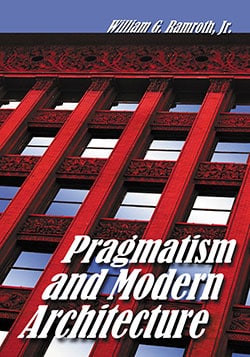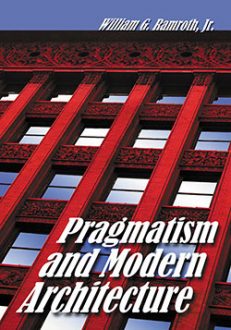Pragmatism and Modern Architecture
$39.95
In stock
About the Book
Architecture is not origami. A drawing cannot be folded in a clever way to make a real building. A picture of a building is no more architecture than a drawing of a sculpture is the sculpture. To exist, the building must be built. A building is the outcome of an idea. Pragmatism is the philosophy that connects an idea with its result. It measures the success of the idea by its its function, its appearance and its contribution to the environment in which it exists. This work examines the relationship between the methods of modern architecture and the philosophy of pragmatism. It discusses how modern architecture and pragmatism developed during the nineteenth century and offers examples of pragmatism within the work and writings of predominant practitioners and theorists of modern architecture.
About the Author(s)
Bibliographic Details
William G. Ramroth, Jr.
Format: softcover (7 x 10)
Pages: 207
Bibliographic Info: 43 photos, notes, bibliography, index
Copyright Date: 2006
pISBN: 978-0-7864-2538-9
Imprint: McFarland
Table of Contents
Preface 1
Introduction 3
1. A Clean Slate 7
2. A Whirlwind Tour of Traditional Architecture 14
3. A Brief History of Common Sense 37
4. Pragmatism in a Nutshell 52
5. Pragmatism and the Design Process 66
6. Early Theorists of Modern Architecture 83
7. The Pragmatism of the Chicago School 98
8. The Columbian Exhibition of 1893 116
9. Pragmatism and Building Codes 129
10. Frank Lloyd Wright and Le Corbusier 142
11. The Bauhaus School and the International Style 156
12. Postmodernism and the Art of Remaking 167
Conclusion 186
Chapter Notes 189
Bibliography 193
Index 197





